Am I alone when saying the Red Bull Air Races were not my ideal of aviation pursuit? I surprise myself a little saying that, as racing in many forms has held my interest—and pocketbook—for decades. And let’s face it, almost anything to do with airplanes is high interest in this household, so why throw FOD at Red Bull?
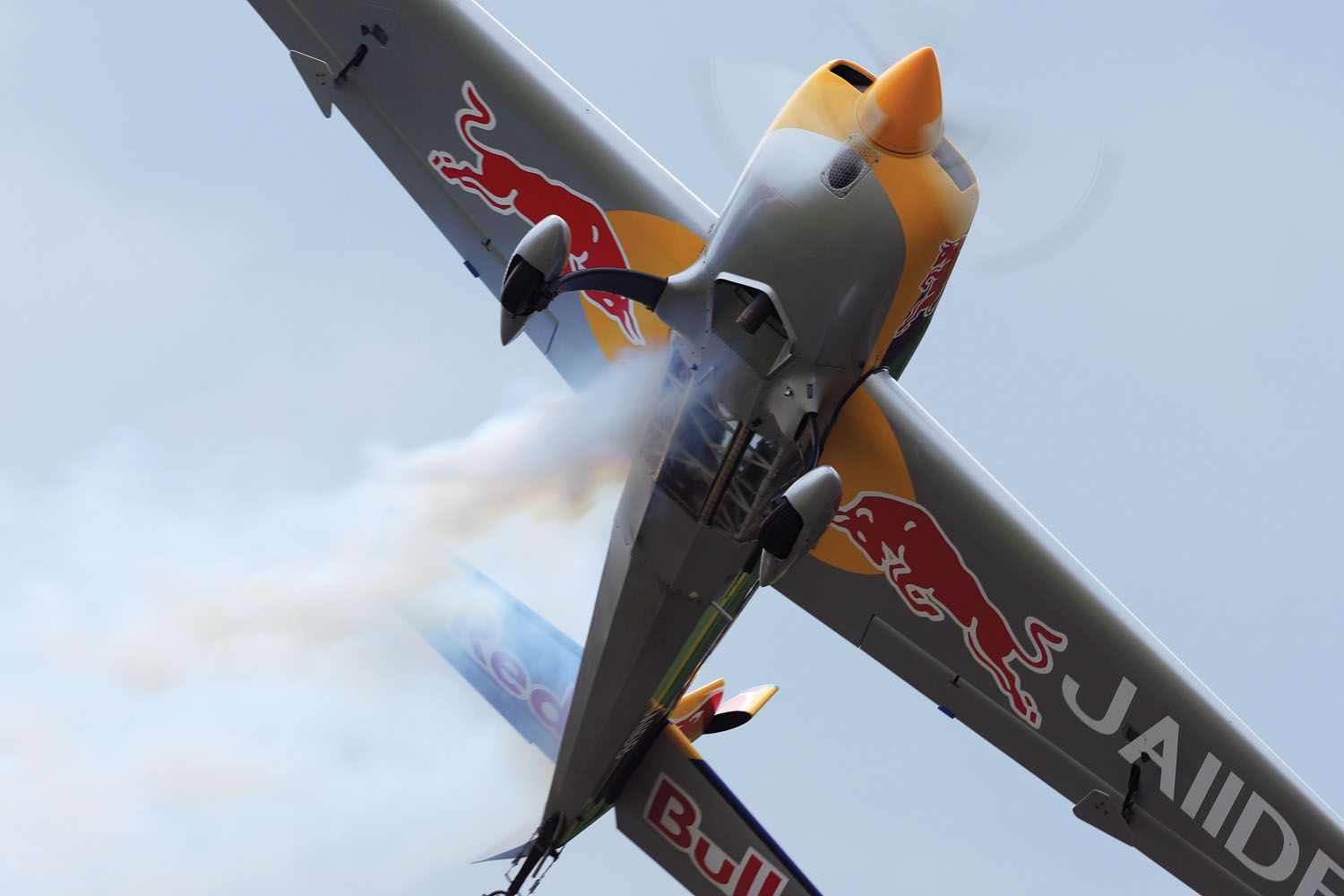
Well, I wasn’t really throwing FOD; I was simply saying the RB air races weren’t “ideal.” And to a purist racer (a quaintly extinct concept where money is involved) that’s fair criticism. This is because, like much of professional racing where there is always outstanding effort and skill at play, to the spectator the emphasis around all those puffy pylons was showmanship. From takeoff to landing the RB races were carefully controlled by Red Bull—as is their right as they were paying the bills—and much of the excitement in watching a handful of pilots taking turns jousting with the stopwatch was given to us by a breathless Red Bull announcer and a bevy of properly stern Red Bull officials clearing pilots on and off the course, commanding smoke on and so forth.
Count me more of a wing-to-wing pylon racing fan, as practiced in Nevada each September. The greater freedom of experimentation at Reno, along with the emphasis on outright speed and handling rather than the absolute perfection in flying the optimum line in a time trial appeals to me. Red Bull started with a bit of technical freedom, especially in engines, as this was likely necessary to build the framework of the show. But after a few seasons costs were going up as competitors chased ever diminishing speed returns—the only way racing goes—and Red Bull went to a spec engine sourced from Lycoming’s Thunderbolt shop. That took the impetus out of engine development, so innovation concentrated on tweaking the aerodynamics and especially in determining the ultimate flight path and learning how to fly it. Even then Red Bull didn’t need the wings coming off on global television, so only limited airframe hot-rodding was allowed.
But now the Red Bull Air Races are extinct and I’m missing them. Not for the show or canned drama, but for concentrating money into an aviation discipline and the resulting progress and marketing of aviation that ensued. For, if anything, we’ve all noticed it takes money to fly, and even more money to make progress in the sky. Of course this is something of a sophist truism as it takes money to get just about anything material done, but it’s worth noting concentrations of social lubricant are a necessity, not a nicety, when putting together exceptional flying machines and pilots. In short, it takes rich people, companies or even nations to make things happen.
History backs this up: When reviewing the big jumps aviation has made, it’s clear the first, immense, pioneering work was mainly the sacrifice of purposeful individuals and that it took two rather talented and dedicated self-taught engineers with hired help and all the money they could make with their thriving bicycle shop to make that first viable airplane. Even then their goal was to sell it to the U.S. government, right after they patented it. But soon it was the First World War driving aviation design, meaning government money, followed by the Depression when air racing in all its forms is where aviation progress was largely made in pursuit of prize money (not to discount the formation of reliable commercial air travel during the same period). Of course, this golden age was followed by the incomprehensibly frenzied activity of WW-II, an event that ushered in the Big Money era of government, science, engineering and so on working together on atomic bomb and moonshot scales. Since then, big gains in flight have been mainly unobtainable by the individual and thus became the purview of governments and the inexorable demands of the global commercial air biz. As a result, fighting aircraft are outpacing human capacity, airliners continue a grand march on fuel efficiency and general aviation soldiers on with a mix of oxcart technologies and a few bright spots when the accountants dare or military, commercial and sport requirements overlap, such as in GPS navigation.
The point is, aviation progress has largely been determined by well-defined, rewarding goals, which concentrated talent and resources. Nothing overwhelmingly unusual about this, but in an otherwise fairly vacant space, the Red Bull Air Races provided well-defined goals, rewards and definitely attracted talent.
No more proof of the talent concentrated is required than reviewing a very partial list of gifted amateurs or small-business people who until recently found work in RB air racing teams. More than a few of these names are familiar to most of us, such as Craig Catto, the propeller meister, or Andy Chiavetta, all-around fabricator and technician with a solid history of making all sorts of fast airplanes faster, especially Sport Class Reno contenders. Another name not needing much introduction is Paulo Iscold, who started by building his own record aircraft in his native Brazil but has moved to the States and is now working with Catto. In England Rob Martin has taken his fabrication skills from Red Bull to a new record aircraft we’ll feature in an upcoming issue, and the same can be said for Roger Targett. Another Reno air racer with Red Bull background is F1 winner Vito Wyprächtiger, who was a Red Bull test pilot.
The point is, all of these people have contributed to sport aviation and have also found paychecks thanks to Red Bull. Not only has that kept them making a living in aviation, but also they were brought together to work on the same, or at least similar, problems within the Red Bull rules. They all know each other, and their shared experience is a great starting point should they want to collaborate on future aviation improvements.
Besides the individuals graduating from Camp Red Bull, there are shops and manufacturers. Perhaps the best example of direct technology transfer in a business sense is Ly-Con Aircraft Engines. Before Red Bull went to Thunderbolt, Ly-Con was sponsoring or supplying engines to as many as eight Red Bull teams. Already well versed in Reno racing, Ly-Con certainly upped their exposure and experience via the RB series. The busy Red Bull schedule meant their clients were racing six, eight or more times per year, not just once as at Reno, thus rapidly accelerating Ly-Con’s knowledge as their engines were run in competition much more often. Plus, the volume of premium engines going through the shop gave them a much wider base to spread out R&D costs or even opportunities to try something new.
It isn’t quite the same for Thunderbolt. Where Ly-Con had to compete by offering more power while maintaining endurance, Thunderbolt simply has to build the same spec engine again and again. There are some R&D benefits to that, but mainly in build consistency and manufacturing practices, not power or endurance.
Of course the other great benefit of the Red Bull Air Races was the exposure of aviation as a fun, exciting enterprise to the non-flying public. With its staggering televised audience we’ll never know how many people were favorably impressed by small airplanes thanks to Red Bull, but it couldn’t have hurt.
In the end the good from Red Bull was due to their immense marketing budget that put up the purses, bought the television time, ran the circus around the globe and even if only incidentally formed a place for the eager and talented to congregate. It might have been a little showier than an old purist might have preferred, but the benefits have been great.





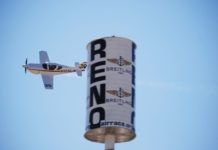
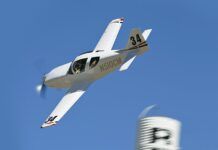
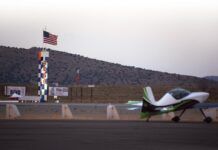
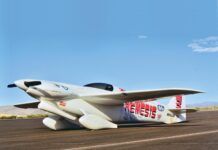
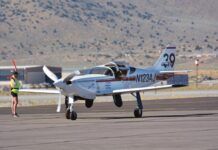

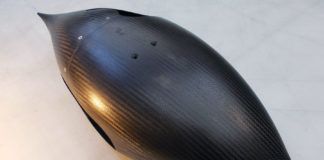

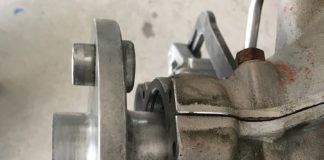
I agree, pylon is a more purist activity. A modified Red Bull scene with some real pylon racing but adding cams on each plane would be awesome. Keep the pylons and add an aerobatic freestyle event would complete the picture.